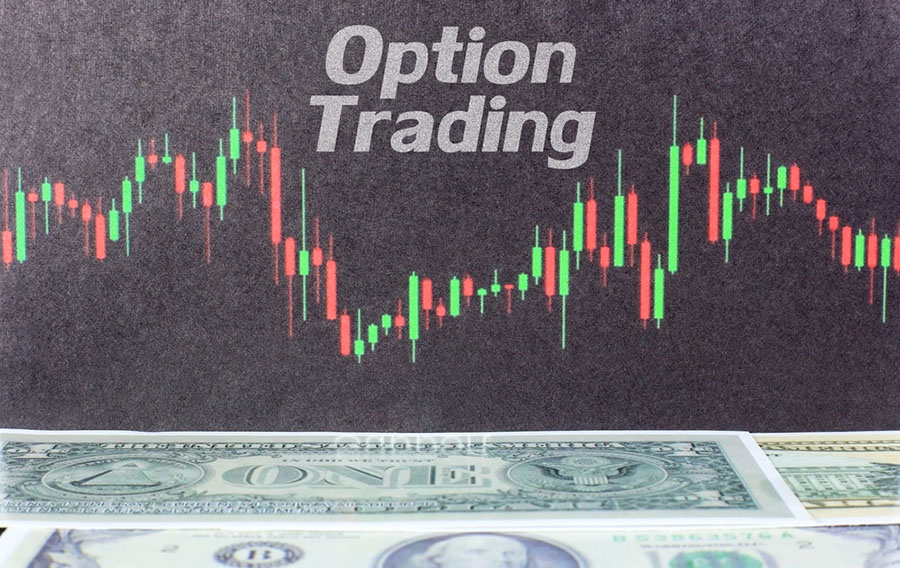A stock option is defined as a contract between two parties, a buyer/holder and seller/writer. The contract involves an agreement to buy/sell and a specific number of shares of a particular stock, at a specified price, and within a specified time (expiration date). This is different from employee stock options, which are types of equity compensation packages granted by a company to their employees. Here, anyone can go out and buy options in a particular company. There are two types of stock options, namely: call and put option.
Call Option
A call option is a contract whereby the option grants buyer/holder has the right to purchase a particular quantity of a security at a specified price, also referred to as the strike price. However, the holder is not obligated to make the purchase if they choose not to exercise the contract. In addition, the transactions must be concluded within a specified period – the expiration date, after which the buyer loses the right to sell. Meanwhile, the rule is slightly different for the writer, also known as the seller. The seller of a call option is obligated to sell a specified security at a specified price (strike price), within a specified period if he/she decides to exercise the option. If the call seller doesn’t already own the stock in their portfolio, they must go out and buy the stock at the current market price and deliver it to the buyer.
The writer of the call option is paid a premium price because of the risk associated with the obligation they undertakes. Most stock option contract involves 100 shares. The simplest means of trading call options is by purchasing calls. The procedures are less technical and is easy for both amateur and experienced options traders. It’s believed this is not only because of the simplicity involved in making trades, but also because of the significant potential return on investment (ROI) that will be generated if the trade is successful. The most widely used strategy used in trading call options is referred to as the long call strategy.
Another profitable way of trading call options is by writing/selling calls for profit. Call option writer sells the securities with the hope that the asset will expire worthless, thereby allowing them to keep the premium they received. Traders can profit from selling naked or covered calls, but the strategies can only be profitable if the writer is smart about his analysis. A short call is regarded as covered if the seller is also the owner of the obligated quantity of the specified security. In contrast, an uncovered call (naked call) involves selling an obligated number of a specified security that is not owned by the writer. The former is a popular strategy that has been adopted by many options trader and is believed to have a high potential profit for the writer if the process is done properly.
A naked call is risky as it can lead to huge losses and expense of the trader. Due to the risk involved, amateur and inexperienced options traders are advised to avoid using the naked call strategy unless they have an options trading coach or a mentor to guide them in case trouble strikes.
Another indispensable strategy is the call spread. This strategy involves simultaneously purchasing and selling an equal number of contracts on the same specified call options security. However, the sales and purchases are concluded with different expiration dates and at varying strike prices. The call spread strategy, if done correctly, is believed to limit the losses incurred by the options trader while capping his potential monetary gains.
Put Option
A put option is a contract works a little different, whereby a buyer has the legal right to sell the shares of a a stock for a specified price, also referred to as the strike price. However, it is essential to state that the holder/buyer is not obligated to do so. The right of the holder has an expiration date, which otherwise means that he/she has to sell the security within the specified period or lose the right to do so. Meanwhile, a put option to the seller is an obligation to purchase a particular security at the specified strike price if the seller decides to exercise the option.
The put option seller/writer is then paid a premium price because they took the risk that is associated with the sale obligation. It’s important to state that the easiest way to trade put options is through put buying, but it does come with the lowest probability of success. Smart option traders can adopt different strategies to make high profits from a particular security. For instance, if he/she is bearish on the security, he can strategize by buying put options to benefit from the slide in the asset price. However, caution has to be exercised as this strategy, a trader will only be profitable if the cost of the security significantly falls below the put options’ strike price.
This strategy, used by options traders is referred to as the long put strategy. Many options traders also adopt another approach known as a protective put. This is when a trader plans to secure an existing stock position with put contracts. This involves buying put options, which can also be used to protect a portfolio of stocks through a process referred to as index puts.
Selling/writing put options is another way to profit from trading options. Put option writers sell securities with the hope that the put option will expire worthless, thereby allowing them to keep the premium. Put writing can be profitable, but it requires strategy and skill to be successful. Those with such an ability usually make the most profits in the options trading game, and this strategy is a favorite among highly skilled traders.
An amazing and the most adopted put writing strategy is the covered put. This strategy involves covering a written put option when the seller short the obligated quantity of the specified security. The strategy is commonly employed by put writers that are bearish on an underlying security. Put spreads, and naked puts are other effective strategies used in put writing. While the put spread involves a simultaneous sale and purchase of the equal number of contracts on a specific put option security but at different strike prices. The naked put entails a situation where the put option seller did not short the obligated quantity of the specified security when the option is sold. Put spreads helps to limit the losses of the put writer while capping his possible gains, but the naked put writing strategy is employed when the seller is bullish on the specified security.
The Importance Of Options Trading
There are several option strategies an investor can adopted in trading that offer a lot of advantages, chief among them, the ability to invest a minimal amount of money coupled with the potentials to make huge profits. Other benefits are hedging long-term stock positions at a lower cost, using leverage to adopt numerous strategies to maximize profits, less commission, trading on all directions, high potential profit, investment and income opportunities, easy liquidation, the availability of a specified price and indexing. Since options trading requires traders to invest less, it invariably means the risk of losing vast sums of money is minimized. Options work wonderfully, if traders take the time to understand them, use them properly, intelligently, and make smart decisions with their money.





